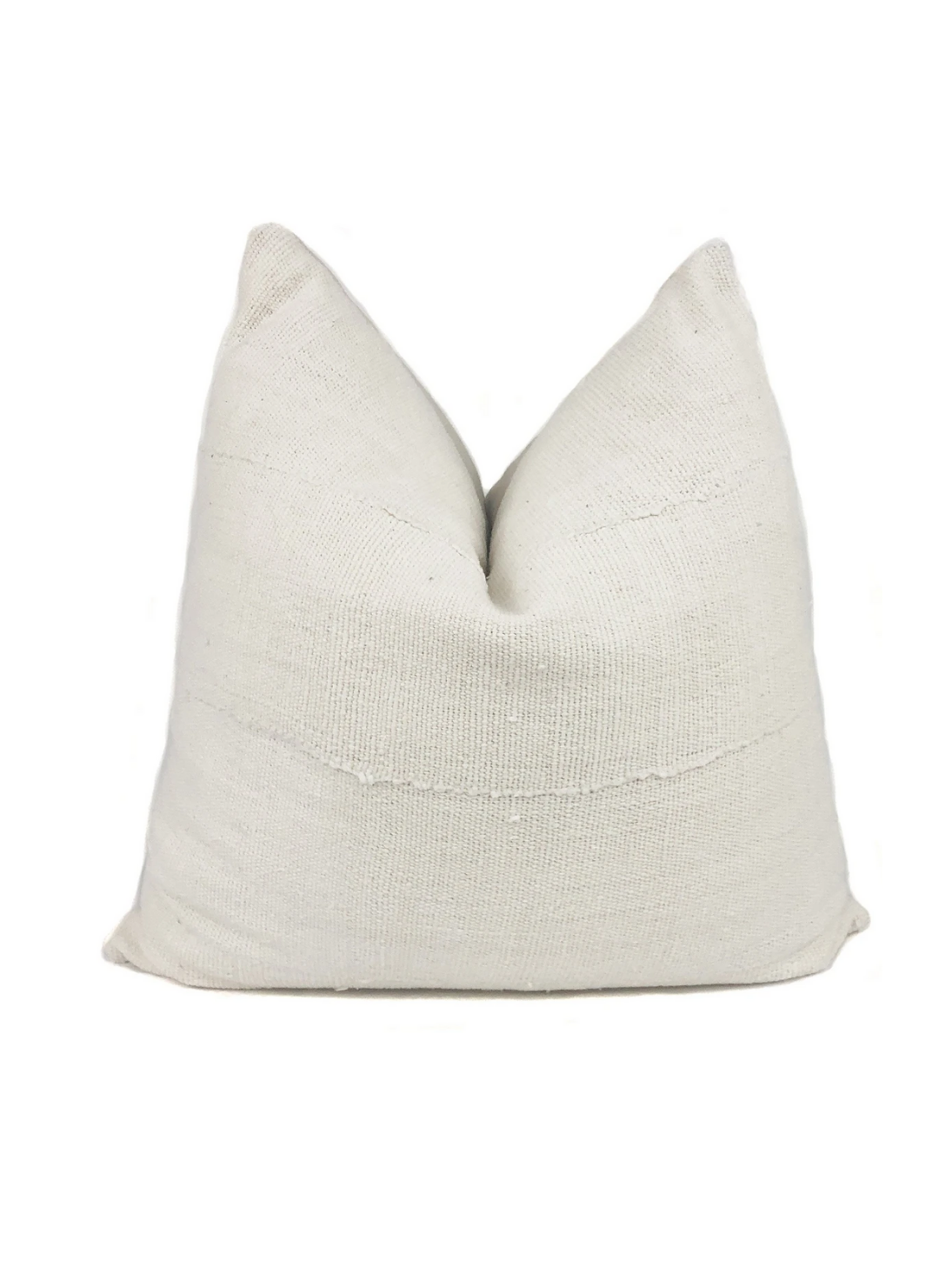Cart



Bogolanfini is a cloth tradition from Africa that can add immense visual appeal to any home. However, it’s not just going to make your home look nice, but it will also do it with a cultural significance that can both expand your knowledge, and the knowledge of any guests you have over. This quick guide will take you through a history of African mudcloth fabric and the value it can bring to any living space.
Mudcloth is a tradition that has its roots in the 12th century, in the West African country of Mali . When translated into Bambara, Mali’s native language, mudcloth becomes “Bogolanfini”. The term bogolanfini stems from three Bambara words: bogo, lan, and fini. Bogo translates to “earth” or “mud”, lan translates to “with”, and fini translates to “cloth”.
The reason for the moniker is because the bogolanfini process includes dyeing a piece of cotton fabric with fermented mud. Traditionally, men had the task of weaving the fabric together and the women would dye it soon after. Although this is a stylish form of home décor, its inception carried an immense amount of cultural significance among the Mali people.
Hunters traditionally donned mudcloth as a form of protection, as well as a clear badge of status. Furthermore, women would commonly wrap themselves in mudcloth after giving birth. The idea behind wearing it after childbirth was that it was commonly believed to carry the ability of absorbing negative feelings like pain, relieving the new mother of such stress.
The symbols displayed on African mudcloth were typically personalized in a way that only a small group of people could decipher. The story behind the symbols on any given mudcloth was traditionally something mothers would reveal to their daughters. Despite the fact that the meaning behind certain symbols can be quite unique and elusive, there were some that had widely known meanings, such as a twirl, which commonly represented “life”. So, how did Bogolanfini become so famous internationally? That’s thanks to Malian fashion designer Chris Seydou. In the 1980s, it was Seydou who began implementing Bogolanfini into Western attire like jackets and mini-skirts—and the rest is history.
Now that you’ve gone through a history of African mudcloth fabric, you’re ready to implement décor such as an African mudcloth pillow cover into your interior design. Not only will this traditional Malian fabric catch the eye of any passerby, but it also provides homeowners with a fascinating story to tell anyone curious enough to listen.